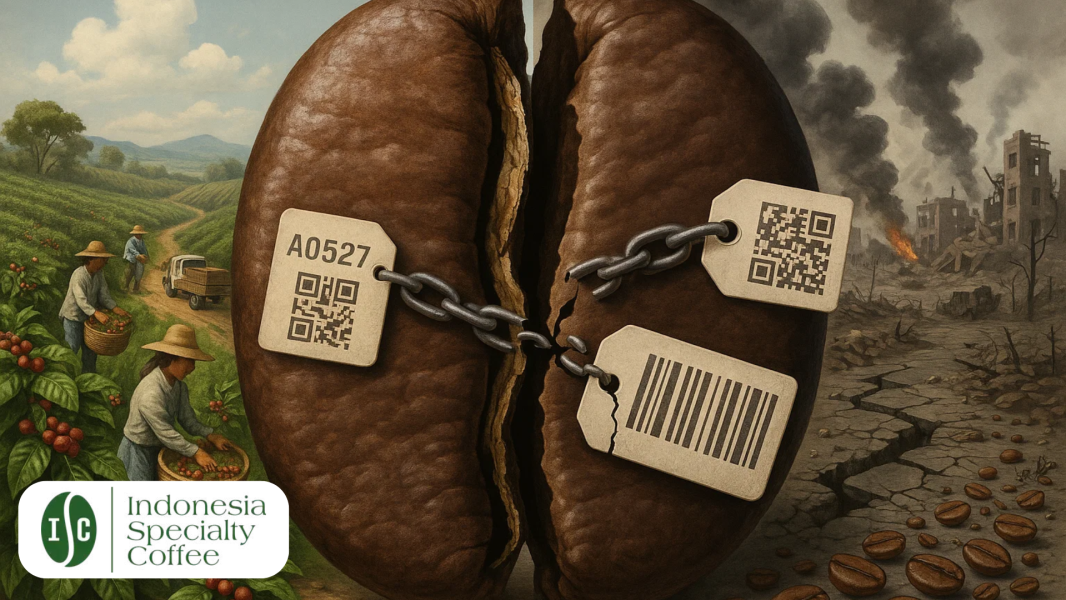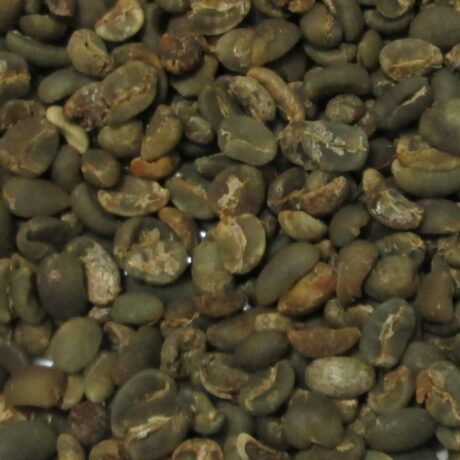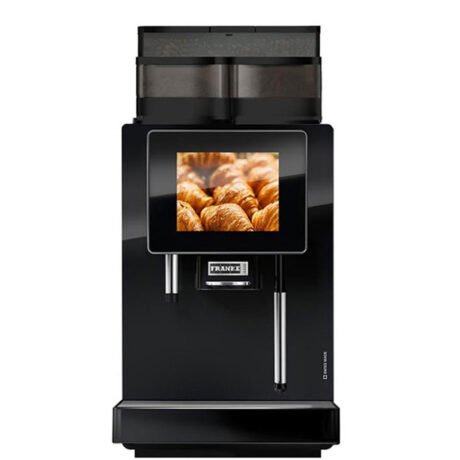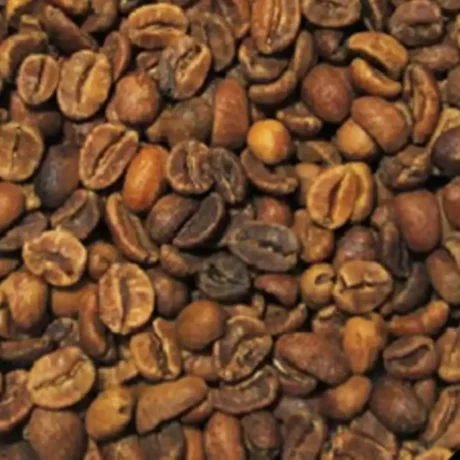Introduction: A Cup of Coffee, A World of Chaos
You sit down with your morning brew, expecting comfort, energy, and focus. But behind that smooth cup lies a harsh reality. Today’s global coffee system—spanning farms in Ethiopia to roasters in Europe—is facing a growing storm: the coffee supply chain conflict.
From civil wars in Africa to climate shocks and trade disruptions, every stage of your coffee’s journey is under pressure. Farmers are displaced. Roads are blocked. Exports dwindle. And consumers like you may soon feel the impact—higher prices, lower quality, and disappearing varieties.
In this story-driven guide, we’ll dive into what’s really going on in the global coffee supply chain conflict—and why it matters more than you think.
What Is the Coffee Supply Chain Conflict?
The coffee supply chain conflict refers to a series of intertwined disruptions—from political unrest to climate disasters—that interrupt how coffee is grown, processed, and delivered.
This isn’t just about late shipments. It’s about:
- Farmers abandoning land due to war.
- Border blockades stopping exports.
- Soil degradation from neglected farms.
- Climate shocks reducing harvest yields.
- Roasters pulling out of conflict zones entirely.
And when any link in the chain breaks, the entire system suffers—from seed to cup.
See how storing beans properly matters.
How War Disrupts Coffee Supply Chains
Take Ethiopia—home to some of the world’s finest Arabica beans. As this detailed review shows, nearly 95% of Ethiopian coffee comes from smallholder farmers. Yet the Tigray conflict, border tensions with Sudan, and Red Sea disruptions have severely limited farming and exports.
In some regions:
- Coffee farms have been burned.
- Harvest-ready beans rot due to lack of transport.
- Displaced farmers lose access to their only source of income.
- Coffee production falls by up to 70%.
Add international conflict to the mix—like the Ukraine war, which disrupted fertilizer supply and caused fuel costs to spike—and the coffee supply chain conflict becomes a global crisis.
Outbound resource: Read how global trade conflict affects food security (source: IFPRI). (dofollow)
Disease and the Supply Chain Breakdown
Conflict doesn’t just break infrastructure—it also breaks the systems that keep coffee diseases in check. According to research in Plant Pathology, the re-emergence of Coffee Wilt Disease (CWD) in Uganda and the Democratic Republic of Congo is directly linked to the collapse of supply chains caused by war.
With no funding, no government response, and illegal trade of infected coffee plants, CWD spread fast. The result?
- 60% drop in yields for affected farmers.
- Abandoned plantations.
- Millions in lost exports.
- Complete collapse of coffee in regions like North Kivu.
Want to learn more about sustainable practices? Read how fermentation improves coffee health benefits.
Climate Change Amplifies the Conflict
The coffee supply chain conflict is being intensified by climate shifts. Unpredictable rainfall, longer droughts, and more frequent storms are:
- Reducing coffee flowering.
- Spreading pests like coffee borer beetles.
- Making traditional farming methods obsolete.
Coffee-growing regions are shifting to higher altitudes. But in conflict zones, adaptation is hard—especially when infrastructure is already fragile.
As noted by Holger Preibisch at ICC 2024, sustainable coffee must now be:
- Traceable by GPS.
- Grown with agroforestry and renewable inputs.
- Packed and shipped using eco-conscious methods.
The Ripple Effect on Roasters and Consumers
Let’s zoom out. What does the coffee supply chain conflict mean for the rest of us?
- Roasters are forced to shift suppliers, losing flavor consistency.
- Importers face rising insurance premiums due to high-risk zones.
- Coffee shops may see shortages of specialty beans.
- Consumers face rising prices and fewer single-origin options.
In extreme cases, entire origins—like parts of Tigray or eastern DRC—might disappear from the specialty coffee map.
Discover how to find hidden-gem cafés despite disruptions.
Solutions Brewing: Can We Fix the Conflict?
Yes—but it requires a full-system shift. Here’s what must happen:
For Farmers:
- Access to conflict-free corridors for export.
- Disease-resistant coffee varieties.
- Support for transitioning to climate-resilient farming.
For Roasters & Retailers:
- Invest in traceable, conflict-free sourcing.
- Create long-term contracts that support farmer stability.
- Fund local cooperatives in at-risk regions.
For Consumers:
- Support brands that disclose origin and trade ethics.
- Be open to alternative origins as farmers adapt.
- Understand the human cost behind every cup.
Join the ethical brewing movement: Explore 3rd wave coffee culture.
Conclusion: Will Your Next Cup Be Conflict-Free?
The coffee supply chain conflict is not a distant problem—it’s the reason your favorite beans might disappear, your café prices may rise, and farmers across the globe face deep uncertainty.
But there’s hope. With awareness, innovation, and accountability, we can rebuild a coffee chain that’s ethical, stable, and sustainable.
So the next time you sip your brew, ask yourself:
Is this cup part of the problem—or part of the solution?





